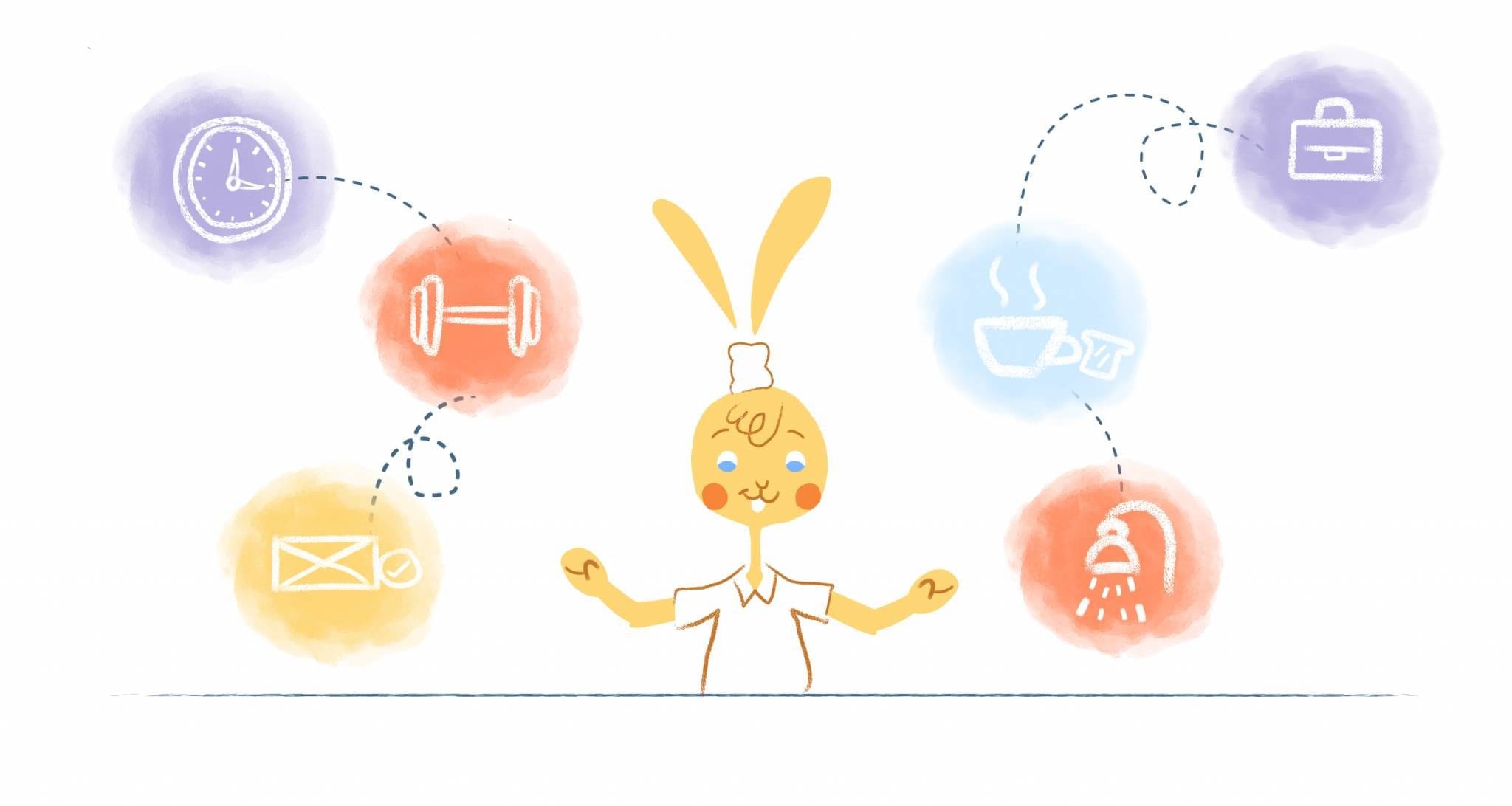

As many of us have been asked to return to the workplace — here are six things to consider regarding your meeting rooms.
If your firm’s return to the workplace keeps you up at night, it’s simply another item on a long list of things you shouldn’t be worrying about right now. Or allowing the ever-changing trends of business to hassle you.
Remote work has supplanted on-site labor. Even under challenging situations, organizations and individuals appreciate the increased productivity and time back in their schedules. However, will it last? When workers return to the workplace, what happens? How do you organize a meeting in a secure setting and sync everyone’s calendar?
When everyone returns to the workplace, you’d be proper to be thinking about your conference room setting as an IT Manager or even an HR Manager.
You have some things to think about, whether this year or next.
- How many of your colleagues have returned to work at the office in the last few months?
- What will future meetings look like for the next few months and into the future?
- How do you have meetings in a socially distant setting?
- How will you include everyone in the office and at-home workers?
- What can you do to ensure that these meetings stay on track?
- How can I get my staff to return to the office with a good attitude?
- How do you connect the equipment in your meeting room to the virtual meeting software?
- All of these questions, and more, are answered in this piece.
Employees are Heading Back Into Work
JPMorgan Chase, America’s largest bank, has requested traders at its New York-area facilities to return to work after a drop in productivity — and this is likely with many other businesses, as well.
A brief LinkedIn survey revealed that some workers had already returned to work.
Dominic Kent — on Medium is the Director of Content Marketing & Communications at Mio. Founder of UC Influencers. He surveyed returning to the workplace vs. working from home last year, and there are a lot more coming back now.
It’s been widely publicized that businesses are returning to the office — starting last year — and the return is ramping up more now. Still, giant firms like Shopify and Twitter went remote fast and openly, but they are returning to the office now, too.
Other companies such as Yahoo, IBM, Aetna, and Best Buy have revised their work-from-home policy and requested employees return to the office.
In a Wired article, David Bishop stated: Clients like Gymshark and other huge firms like Yahoo, IBM, and Deloitte have realized that staff is more productive in the office. That is to say, they require their workers to come back, and they are working to make the workplace develop into a solid corporate culture. Bishop is Design Director at Oktra — (cool office design and furniture).
As some businesses realize the constraints of remote work. However, the urge to return to the office presents a new problem for IT and HR managers.
Employees are looking forward to returning to the workplace for various reasons. Reasons include fatigue, a lack of in-person connection, and even missing the drive.
When it comes to your firm, don’t rush it. You must guarantee that you are adequately prepared for future encounters.
What will a future meeting look like?
We have no way of knowing what meetings will look like in the future. We can, however, predict what is likely to occur—and how you can make them pleasant and productive for your team.
We’ll start with the fundamentals. That is to say, rather than imply that most meetings would be held in person, just like how it was pre-pandemic. There may still be some meetings that would be best to keep virtual, such as for teams that are located in different locations — and maybe even if you’re spread out in a builing. However, it’s still very beneficial for all teams to meet in person together to improve productivity (and camaraderie) and team unity overall.
New Technology
If you feel that you’re going to need to keep on doing lots of virtual meetings, you will need new video conferencing software and hardware. Quality will win over quantity in this situation; you may consider adding cameras, microphones, computers, computer stands, or anything else that your employees may need. It is also possible that you may need some way to integrate the old meeting devices and software. This may require the purchase of new equipment if the current equipment is not up to date.
People
You may not have as many people in the workplace as you used to. Still, meetings can be productive and beneficial for everyone involved, whether that be virtual, in-person, or hybrid. At the end of the day, it’s important to focus on the people in the meetings more than the technology that will be involved. Sure, technology will play a role, but the people that compose your teams are much more important than a microphone or another piece of equipment. Consider setting up meeting rooms or even individual meeting rooms if they are not set up already.
When it comes to your employees, your top priority as a leader should be to make them comfortable. Moreover, do everything possible to make them feel secure in an unfamiliar setting.
After you’ve addressed safety and comfort issues, there’s the unique difficulty of keeping everyone engaged. You could hire a brass band. Or show movie trailers. But the best way is to make participants responsible for their own engagement. Ask them what they want from the meeting, then make sure they get it — keep your words in emails and communications to a short 200 words or less.
Employee Feedback
When a company switches from remote work to in-person operations, employee feedback is essential. Here are four reasons why it’s crucial to gather and take into account employee feedback:
Adaptation to Changing Requirements:
As workers return to in-person work, employee feedback offers helpful insights into their evolving requirements and expectations. Regarding the design of the workplace, safety procedures, scheduling, and teamwork, employees could have particular issues, preferences, or recommendations. Companies can modify their policies and procedures to match the changing demands of their workforce by actively seeking out and listening to employee feedback, which promotes a smoother transition and increases employee satisfaction.
Employee buy-in and engagement are increased when employees are given a voice in decision-making through feedback mechanisms. Employees are more inclined to care about the success of the transition when they believe that their ideas are valued and taken into account. A collaborative environment where employees feel empowered to participate in the decision-making process is created by actively seeking employee feedback, which increases buy-in and support for the changes being made.
Challenges and Opportunities for Improvement:
Employee feedback can be used to pinpoint problems and regions that need improvement during the transition. The return to in-person work may cause bottlenecks, communication breakdowns, or other inefficiencies, and workers may be able to shed light on these issues. With the help of this input, businesses can proactively address problems, make the required corrections, and improve processes, ultimately improving the overall working environment and maximizing operational effectiveness.
Well-being and help:
Employee feedback gives staff members a forum to voice their worries about their well-being and draw attention to any additional help they may need as the shift occurs. Employees may need to make adjustments when they resume in-person work, such as with commuting, juggling obligations outside of work, or adjusting to more frequent social interactions. Companies should implement policies to assist employee well-being, ensuring a seamless and successful transition by asking for and acting on employee input.
Image Credit: Pexels; Fauxels; Thank you!











Howie Jones
My name is Howie and I'm a Customer Success Manager at Calendar. I like to ensure our customers get the best experience using our product. If you have questions email me howie at calendar.com